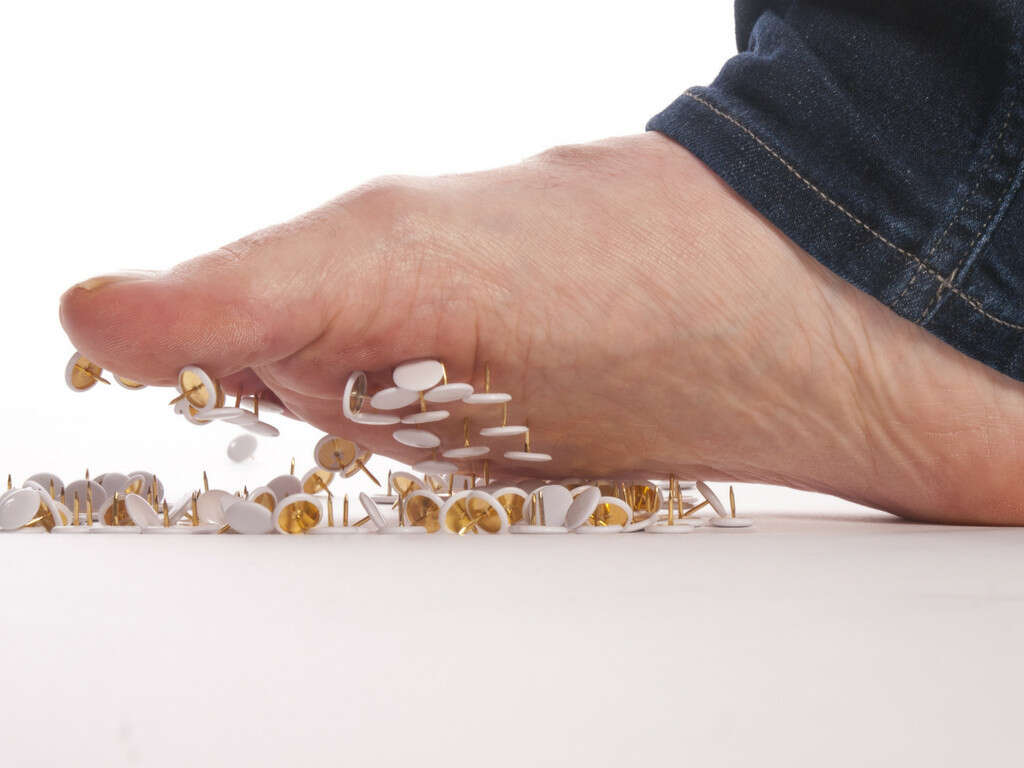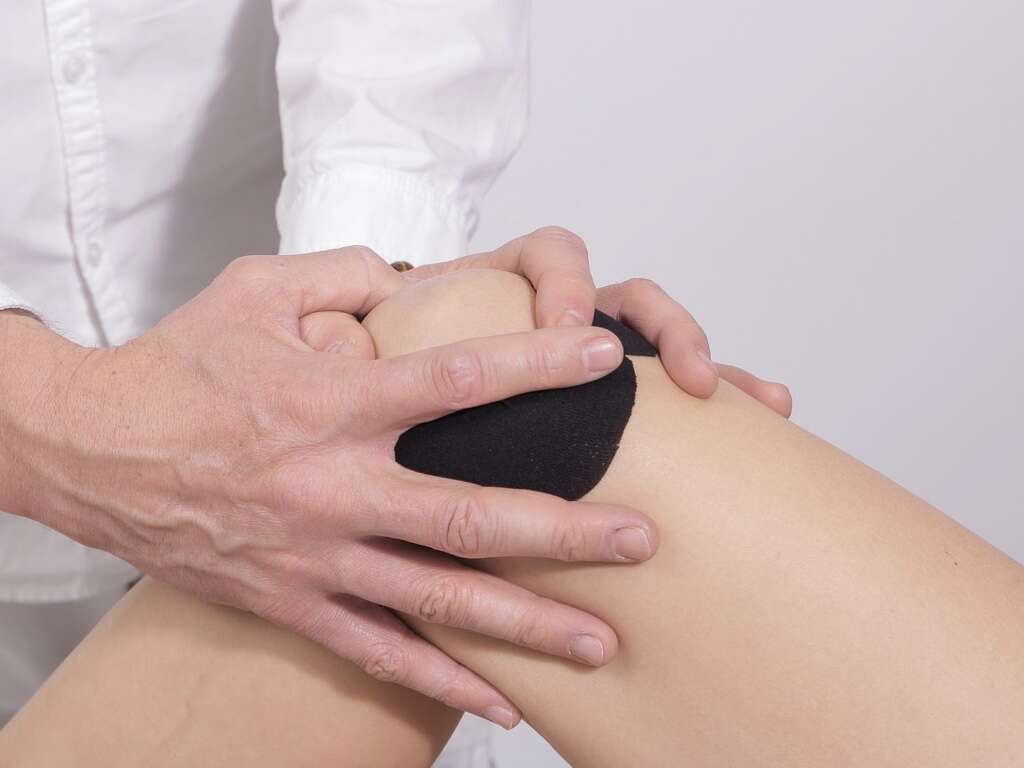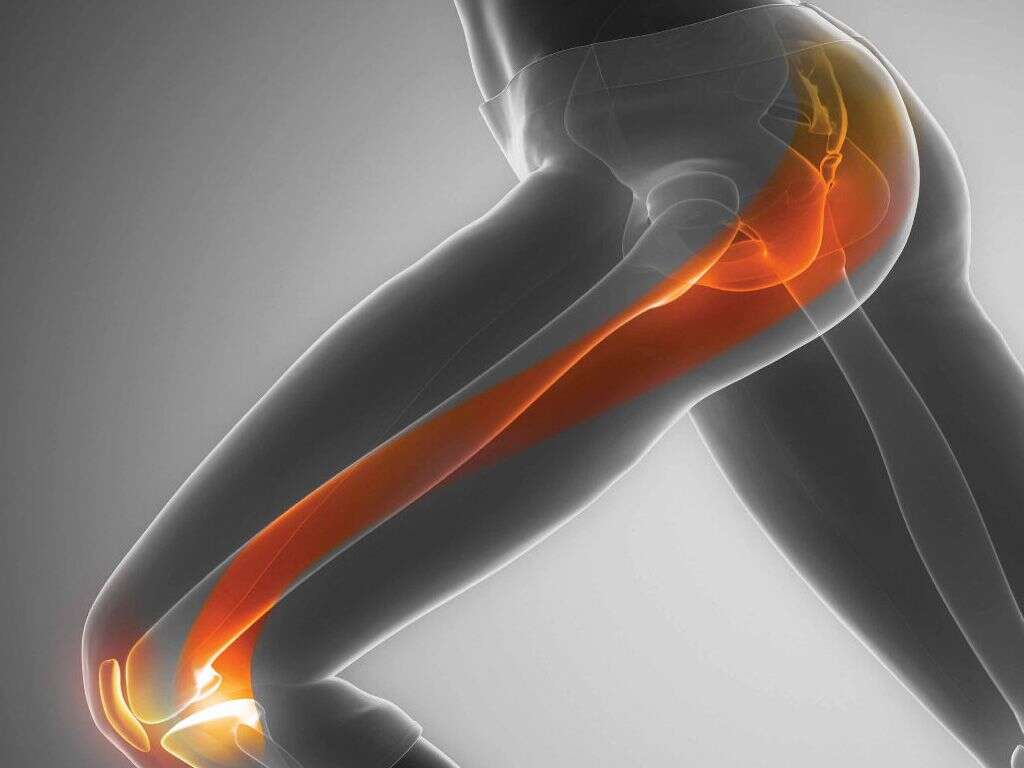What Is Osgood Schlatter Disease?
Osgood-Schlatter disease is an overuse injury that causes knee pain in adolescents. In 1903, two physicians independently described the condition: Swiss surgeon Carl B. Schlatter and American orthopedist Robert Bayley Osgood. Today, the disease bears the names of both its discoverers.
OSD affects the growth plates, which are cartilaginous structures at the end of immature bones where new growth takes place. During adolescence, the growth plates “close,” meaning that they fill in with bone. When this happens, the bones do not grow any longer, and the person stops growing taller. Before the growth plates close, they are more vulnerable.
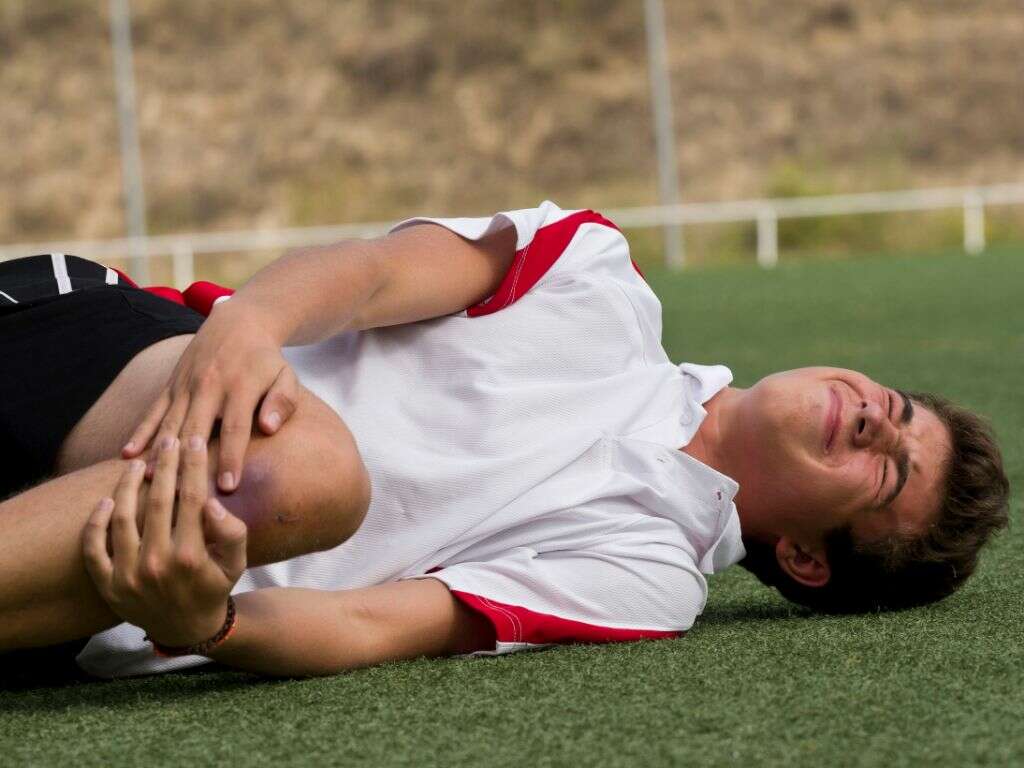
1. Onset
Osgood-Schlatter disease affects adolescents as they experience growth spurts prior to the closing of the growth plates in the knee. Because girls tend to begin puberty earlier than boys, they are more likely to experience onset of Osgood-Schlatter symptoms sooner, often between the ages of 9 to 14. Boys may be affected from ages 12 to 16.
An adolescent with Osgood-Schlatter disease may experience symptoms as long as his or her growth plates remain open. Once full height is attained, which occurs around age 16 for boys and 14 for girls, OSD symptoms typically resolve.

2. Prevalence
Osgood-Schlatter disease is considered a common disorder. Adolescents who are physically active are more likely to experience symptoms. It affects about 20% of adolescents who participate in sports or activities.
Leading a more sedentary life seems to reduce the risk of developing Osgood-Schlatter disease but does not eliminate it altogether. Approximately 5% of all adolescents who are not considered active nevertheless develop symptoms of OSD.

3. Causes
The tibial tubercle is a bony prominence at the shinbone where it forms the knee joint. The patellar tendon attaches the quadriceps muscle in the thigh to the shinbone at the tibial tubercle. Frequent motion of the quadriceps puts pressure on the tibial tubercle, which strains the growth plate.
The growth plate is already under stress because of the rapid changes that take place during an adolescent’s growth spurt. Because the cartilage of the growth plate is more susceptible to injury than bone, the combined stress of repetitive physical activity and strain caused by a growth spurt can cause symptoms of inflammation and pain at the tibial tubercle and patellar tendon.
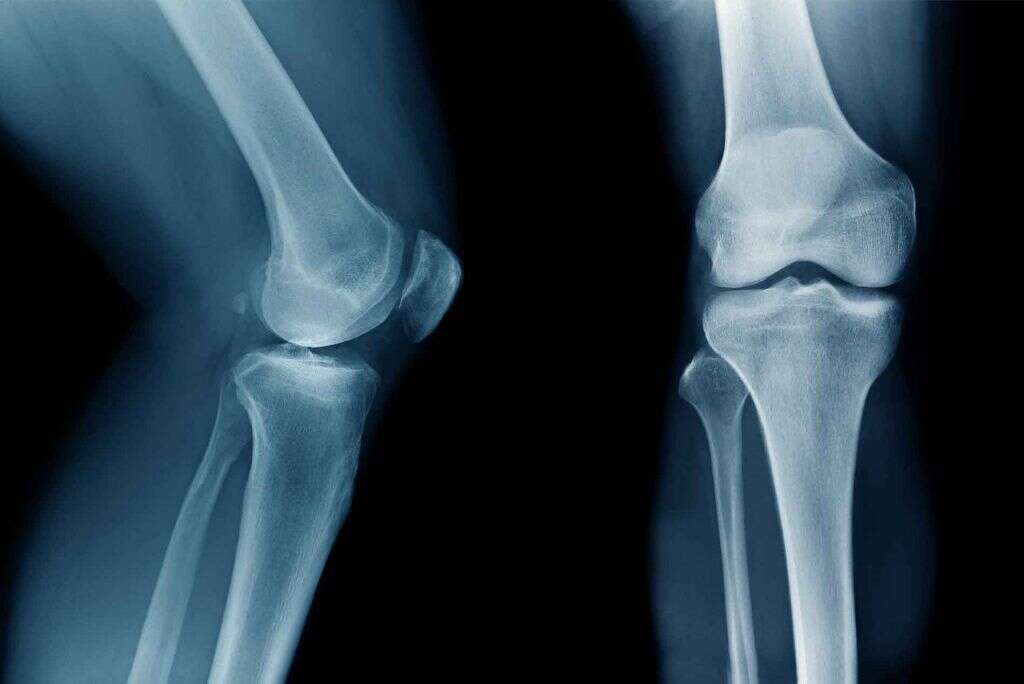
4. Symptoms
Symptoms of Osgood-Schlatter disease usually become worse with activity and better with rest. They typically occur on one knee more than the other, although it is possible for both knees to be affected at the same time. Patients experience pain, tenderness, and sometimes swelling that localizes just below the kneecap at the tibial tubercle.
The pain from Osgood-Schlatter disease may be so bad that the patient finds it difficult to continue normal activities, such as sports. He or she may start limping when attempting to walk or run and experience pain while kneeling. A doctor should evaluate serious OSD symptoms such as these. Warmth or redness of the knee are atypical OSD symptoms. These should be evaluated as soon as possible to rule out other joint conditions.

5. Risk Factors
Repetitive physical activity of the knee, such as bending, jumping, or running, is one of the most significant risk factors for Osgood-Schlatter disease. It is likely to affect adolescents who participate in sports such as basketball, volleyball, cross-country, track and field, and figure skating. Ballet also puts one at increased risk of OSD because it requires repetitive deep knee bends.
In the past, Osgood-Schlatter disease tended to affect boys more often than girls. However, this may have been because opportunities for girls to play sports were more limited. It is now commonly accepted for both boys and girls to participate in sports such as soccer and basketball, and the number of girls affected by OSD has seen a concomitant increase.

6. Complications
The growth plate can be pulled away from the shinbone due to the pressure of Osgood-Schlatter disease. This is a serious complication but fortunately occurs very rarely. Pain from OSD sometimes occurs chronically but usually resolves on its own.
The most common complication of Osgood-Schlatter disease is an increase in size of the tibial tubercle, causing an unusually prominent bony bump at the knee. This may persist throughout the patient’s life but usually does not remain painful. A prominent tibial tubercle that causes chronic pain may require surgery.
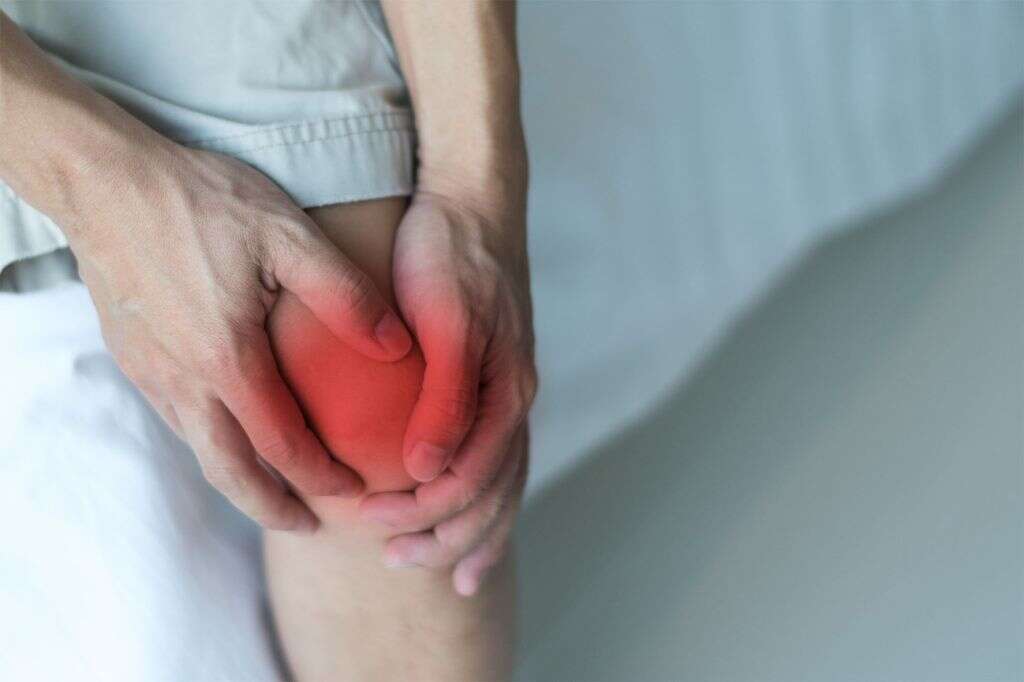
7. Diagnosis
A doctor may order X-rays of the patient’s knee(s) to look for signs of any other conditions that may be causing the patient’s pain and to confirm the diagnosis. However, this is not always necessary. Often a doctor can make an OSD diagnosis on the basis of an examination alone.
A family doctor may be able to diagnose Osgood-Schlatter or may refer the patient to a specialist in orthopedics and sports medicine. In either case, the doctor will perform an examination of the knee to check for tenderness of the tibial tubercle. The doctor will also ask the patient questions about how long the pain has occurred and what factors make it better or worse.
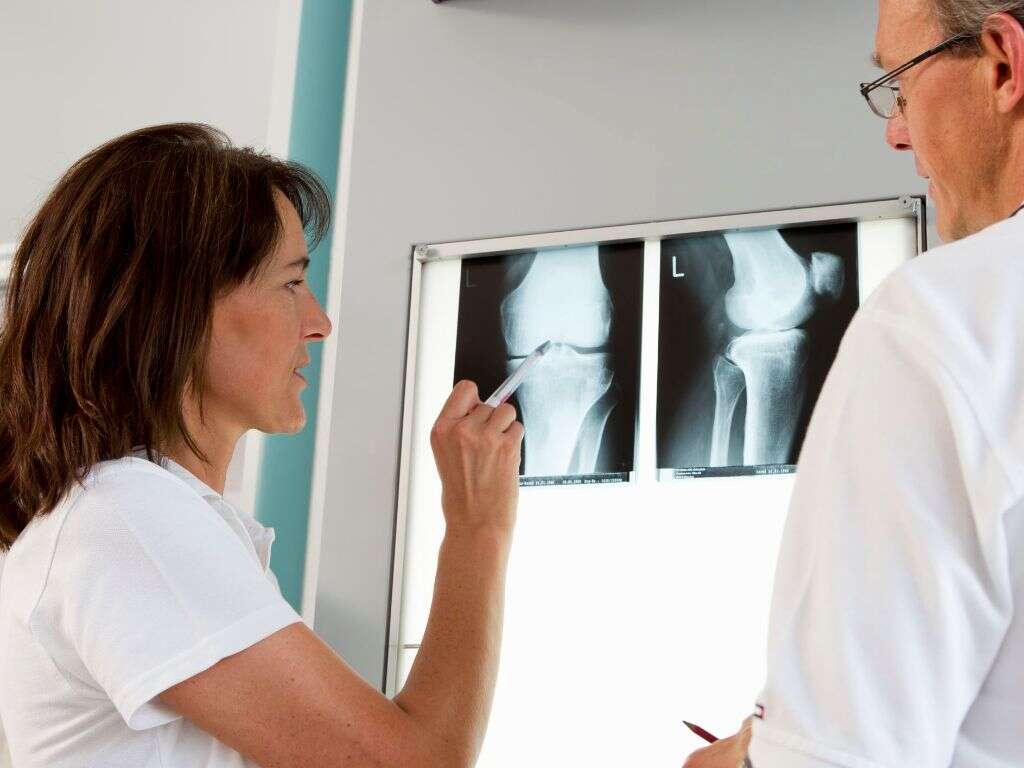
8. Management
Symptoms of Osgood-Schlatter disease typically do not require surgery to resolve. An operation to reduce the size of the tibial tubercle may be indicated if pain does not resolve after the growth plates close or interferes with normal activities on a chronic basis.
Management of OSD usually involves treating the symptoms as they occur with ice and over-the-counter pain relievers, such as acetaminophen (Tylenol) or ibuprofen (Advil). Rarely does a doctor recommend that the patient refrain entirely from physical activity, although he or she may suggest that the patient take a break from actions that provoke pain to allow the inflammation to subside.
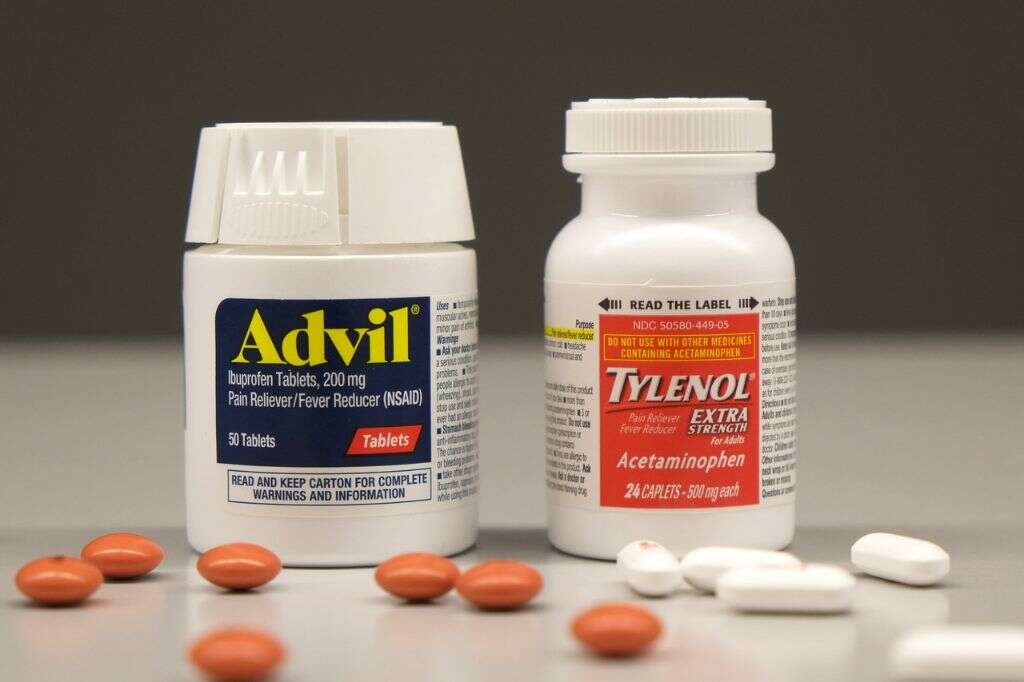
9. Prevention
It is difficult to predict who will be affected by Osgood-Schlatter disease and who will not. Family history may be an indicator as there does seem to be a genetic predisposition in many cases. Physical therapy may help to improve the flexibility of the quadriceps muscles, which can help take pressure off the tibial tubercle.
Doctors sometimes also recommend the use of a patellar tendon strap during activities that tend to provoke OSD symptoms. This is worn below the kneecap on the affected leg and helps to relieve the pressure on the tibial tubercle and the growth plate. Doctors may also recommend cross-training. In other words, the patient temporarily takes up activities that put minimal stress on the knee, such as swimming or cycling.

10. Prognosis
Osgood-Schlatter disease is considered a self-limiting condition. In other words, even without treatment, the symptoms usually resolve on their own as the growth plates close and the cartilage that was most susceptible to stress is replaced with bone.
Most patients with Osgood-Schlatter require only symptom management. They usually can carry on normal activities, including sports, with only moderate or temporary modification. The condition does not pose a risk of permanent damage to the knee.








